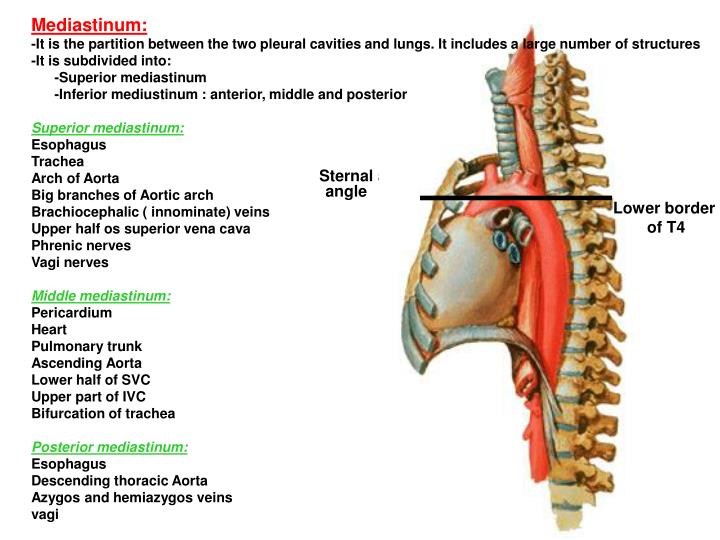The nurse is assessing the carotid arteries of a client with cardiovascular disease. What action should be performed next by the nurse?
Discuss that a light will be directed at the neck to observe for pulsations of the artery
instruct the client to take a deep breath and "hold" while the nurse briefly auscultates
Demonstrate that both arteries will be palpated simultaneously to compare amplitude
Show the client the diaphragm of the stethoscope that will be placed on the neck
The Correct Answer is C
A. Discuss that a light will be directed at the neck to observe for pulsations of the artery:
This choice is incorrect. Directing light at the neck is not a standard method for assessing carotid artery pulsations. The carotid artery is usually assessed by palpation to feel the pulse rather than visual observation.
B. Instruct the client to take a deep breath and "hold" while the nurse briefly auscultates:
This choice is incorrect. Auscultation is typically not used to assess carotid artery pulsations. Palpation (feeling the pulse) is the primary method used for this assessment.
C. Demonstrate that both arteries will be palpated simultaneously to compare amplitude:
This choice is correct. Palpating both carotid arteries simultaneously allows the nurse to compare the amplitude (strength) of the pulses. This comparison helps in assessing the symmetry of the pulses and ensures there are no significant differences between the two sides, which could indicate vascular abnormalities.
D. Show the client the diaphragm of the stethoscope that will be placed on the neck:
This choice is incorrect. The diaphragm of the stethoscope is not typically used for palpating pulses. Palpation involves using the fingertips to feel the pulse and assess its strength and regularity.
Nursing Test Bank
Naxlex Comprehensive Predictor Exams
Related Questions
Correct Answer is C
Explanation
A. Xiphoid process:
The xiphoid process is a small, cartilaginous extension at the inferior end of the sternum (breastbone). It does not play a role in the bifurcation of the trachea.
B. Suprasternal notch:
The suprasternal notch, also known as the fossa jugularis sternalis or jugular notch, is the visible dip in the superior part of the manubrium of the sternum between the clavicular notches. It is an important anatomical landmark for assessing the position of the trachea during emergency situations but is not the location of tracheal bifurcation.
C. Sternal angle (Angle of Louis):
The sternal angle, or Angle of Louis, is a palpable notch located at the articulation of the manubrium and the body of the sternum. It is where the second rib attaches and serves as a useful reference point for counting ribs and locating internal structures like the tracheal bifurcation.
D. Costal angle:
The costal angle is the acute angle formed by the junction of the costal margins at the xiphoid process. It is not related to the tracheal bifurcation.

Correct Answer is D
Explanation
A. When bronchial breath sounds are auscultated in the trachea.
Auscultating bronchial breath sounds in the trachea is a normal finding, as the trachea is close to the upper airway, and this is where bronchial sounds are normally heard. However, if these sounds are heard in the peripheral lung fields, it can indicate an abnormal condition.
B. When the client is experiencing excessive sneezing from a tree pollen allergy.
Excessive sneezing due to allergies would not typically result in increased breath sounds. Allergies may cause nasal congestion, but they don't directly lead to increased breath sounds.
C. When the client is resting in bed and not experiencing respiratory issues.
If a client is at rest and not experiencing any respiratory issues, breath sounds should typically be normal. There would be no reason to expect increased breath sounds in this scenario.
D. When the bronchial tree is obstructed by secretions.
Increased breath sounds, such as wheezing or rhonchi, can be auscultated when there is an obstruction in the bronchial tree due to secretions, narrowing of the airways, or other causes. These sounds are typically abnormal and indicate an issue with air movement through the airways.
Whether you are a student looking to ace your exams or a practicing nurse seeking to enhance your expertise , our nursing education contents will empower you with the confidence and competence to make a difference in the lives of patients and become a respected leader in the healthcare field.
Visit Naxlex, invest in your future and unlock endless possibilities with our unparalleled nursing education contents today
Report Wrong Answer on the Current Question
Do you disagree with the answer? If yes, what is your expected answer? Explain.
Kindly be descriptive with the issue you are facing.
